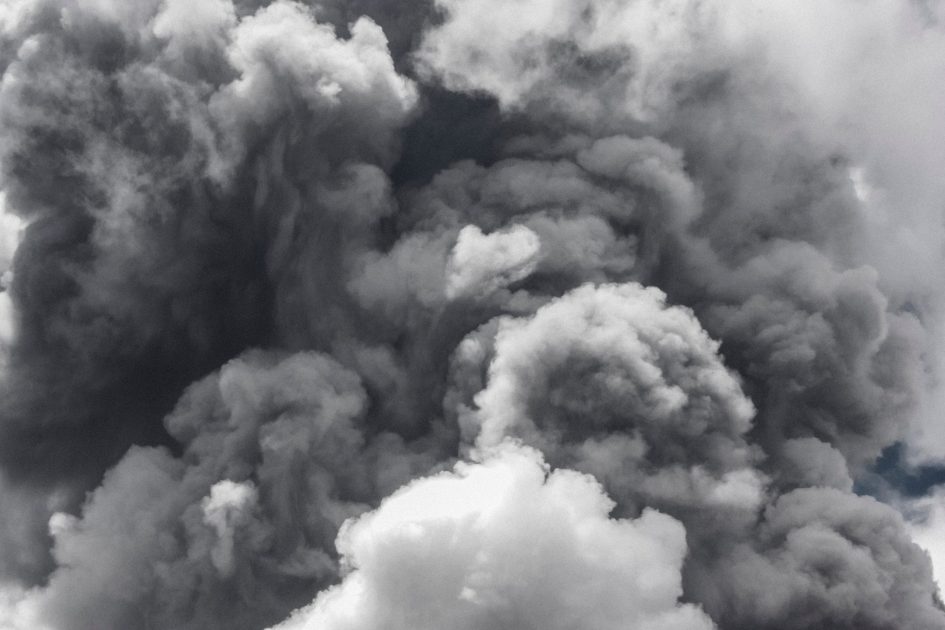
Structural fires can not only cause devastating damage, but also have a lasting effect on the health of a building. One of the long-term consequences of fires is wood that has been damaged by fire.
Restorers need to have a clear understanding of how fire and smoke can affect wood, the nature of the combustion by-products and the properties of the wood itself. This knowledge gives restorers the tools to deal with most of the wood damaged by smoke or fire to successfully clean and restore.
While it is not possible to remove all smoke particles or combustion by-products that may have contaminated the material or work area, smoke and fire-damaged wood can be cleaned to the extent that the smoke odor is no longer noticeable and does not reappear in the room in the future. .
- Remove all charred wood and fire debris from the work area. This is commonly known as "font removal". Removing as many odor-causing materials as possible from the work area will greatly reduce odor levels and cross-contamination.
- Establish environmental controls, containment and air filtration. Air purifiers with activated carbon filters, Ultra Low Particulate Air Filters (ULPA) or HEPA filters remove suspended matter and clean the air in the work area. Remember that filtering the air alone does not remove all odorous gases.
- Select the appropriate medium or method for cleaning wooden surfaces. The smoke-damaged outer layer of wood typically contains the most particles, odors and stains. Removing this layer is often a necessary step in the decontamination process. Sandblasting options include dry ice, baking soda, walnut shells, etc. Avoid using sand, which can cause widespread silica contamination, or soda, which can create significant clutter and / or a white cloud. Sandblasting abrasives produce significant amounts of carcinogenic particles and wood dust and should be used with extreme caution as they can also damage felt paper, glass, electrical wiring, pipes and other outdoor materials.
- Remove particles and dirt from surfaces. If sandblasting is used, a leaf blower, compressed air, or hand brushing details can be used to remove loose, embedded, or superficial debris from pockets and narrow surfaces. As this creates more particles in the air, the air filters should work together.
- Thoroughly vacuum all surfaces. HEPA vacuuming all surfaces removes any remaining dust, dirt and particles created by polishing the media. Manufacturers of sealants and potting compounds require that the surfaces are properly prepared and free of dust and dirt before application.
- Introduce heat, moisture, and hydroxyl. The use of heaters with humidifiers can, under certain conditions, cause the pores in the wood to release trapped VOCs. Hydroxyl generators work in conjunction with heat and moisture to create a powerful oxidation reaction that neutralizes a wide range of smoky smelling gases. This three-part process can take a few days, and hydroxyl generators can produce ozone, which is known to produce toxic by-products, so adequate ventilation is important.
- Spray or apply odor neutralizer to all exposed surfaces. This can take the form of a direct wet spray application or thermal mist and can serve as additional insurance that will re-smell the wood with a powerful new scent. Odor neutralizers provide a layer of camouflage when the smell of smoke escapes from the wood. However, one of the problems with using highly scented air fresheners is that some customers may find them just as uncomfortable as the smoke smell itself.
- Seal and encapsulate the affected wood. Sealing and potting compounds are used to "block" or prevent residual odors from escaping into the room air. Consider where the potting compound will be used, whether it can be visible in places like an unfinished basement, attic, or subfloor, or whether it is hidden in a cavity in the wall or ceiling. White sealants and potting compounds used in unfinished spaces can indicate fire damage has been masked and are cause for concern.
- Have an IEP perform an audit after the correction. Before dismantling the containment, make sure in writing that the renovation work was successful, which is often referred to as a "release test". The purpose of a deodorant release test is to determine the effectiveness of cleaning fire-related particles and combustion residues from components and to provide a measure of safety within the scope of sampling, visual observation / olfactory and scientific analysis repairs. may be.
Aucun commentaire:
Enregistrer un commentaire